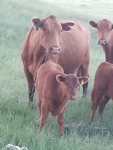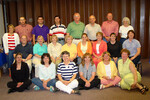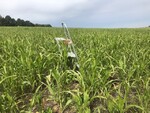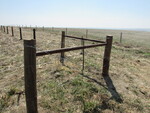Posted date: Sep 28, 2020
by: Admin My Local Life
1111 Views
314 US HWY 36
St Francis, KS 67756
Web: https://www.ks.nrcs.usda.gov
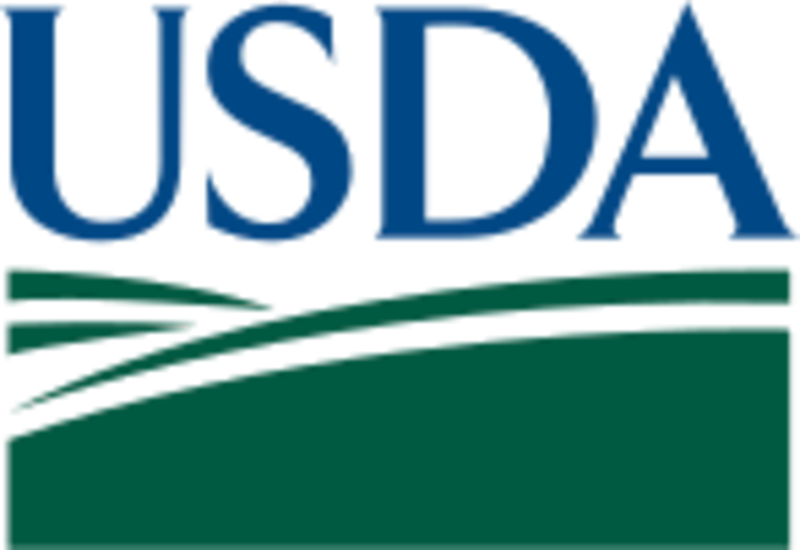
St Francis, September 23, 2020 — Customers of the Cheyenne County USDA Service Center may now conduct business in person in the office by appointment only. Visitors will be pre-screened based on health concerns or recent travel and must adhere to social distancing guidelines. Service Center visitors must wear a facial covering while conducting business inside with USDA.
Visitors must call ahead and schedule an appointment.
Natural Resources Conservation Service: (785) 332-2183 extension 3
Employees may also be contacted by email at the following email addresses:
NRCS:
Bernadette Luncsford, District Conservationist – bernadette.luncsford@usda.gov
Cale Rieger, Soil Conservation Technician – cale.rieger@usda.gov
Conservation District:
Dani Holzwarth, Cheyenne County District Manager
FSA:
Amy Hackler, County Executive Director- amy.hackler@usda.gov
Our program delivery staff will continue to work with producers by phone and using online tools.
Online services are still available to customers, including our new Box and OneSpan functionality that enable customers to sign and share FSA and NRCS documents with USDA Service Center staff in just a few clicks.
Producers can get started with a simple username and password for Box or for OneSpan, a quick identity verification. Additional services are available to customers with an eAuthentication (eAuth) account, which provides access to the Farmers.gov portal where producers can view USDA farm loan information and payments and view and track certain USDA program applications and payments.
To locate a USDA Service Center near you, visit https://Farmers.gov/coronavirus for more information.



